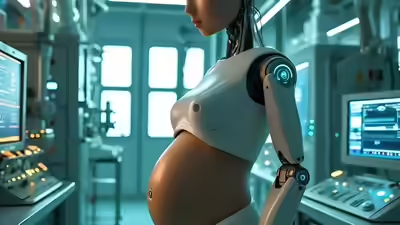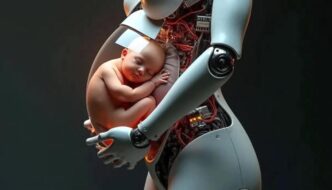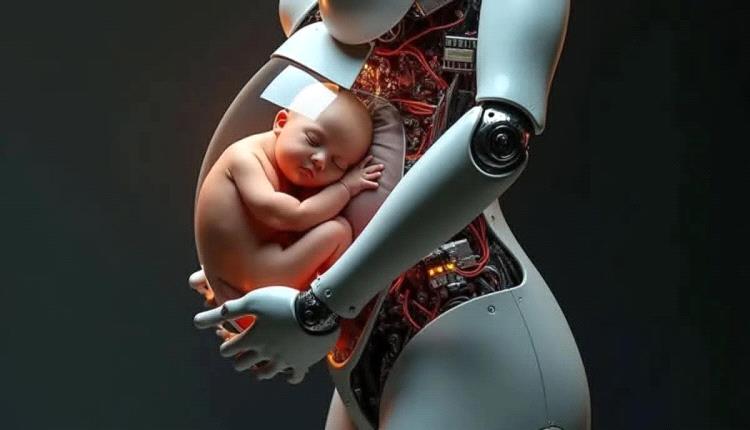China to Unveil First-Ever Robot With Artificial Womb by 2026 In a move that has stunned the scientific world, China is preparing to unveil a humanoid robot capable of carrying pregnancy through a fully functional artificial womb.
The unexpected project is being developed by Kaiwa Technology, a company based in Guangzhou, with a launch date set for 2026.
The innovation aims to reshape fertility solutions by combining robotics with advanced ex-utero gestation technology.
At the World Robot Conference in Beijing, project lead Dr. Zhang Qifeng confirmed that the foundation is already in place.
“The scientific foundation is already robust, with the next phase focusing on integrating the technology into a robot for interactive pregnancy,” Dr. Zhang announced.
The idea of an artificial womb is not entirely new.
Scientists have been experimenting with ways to replicate the protective environment of the uterus for years.
These systems often include artificial amniotic fluid and a tube that acts like an umbilical cord, delivering nutrients and oxygen.
For example, in 2017, researchers in the United States successfully kept premature lambs alive for weeks inside fluid-filled “biobags.”
That achievement proved the concept was not science fiction.

However, what sets Kaiwa Technology apart is its ambition.
The company’s humanoid robot is being designed to manage every stage of gestation from fertilization to a full-term birth.
This makes it the first attempt to merge robotics with artificial wombs in such a complete way.
Another surprising element is affordability. According to reports, the robot artificial womb system is expected to cost around 100,000 yuan (£11,000).
This is far less than traditional human surrogacy, which remains financially out of reach for many families.
Furthermore, by lowering costs, this solution could provide an accessible option for couples who are struggling with infertility.
The motivation behind this breakthrough is clear. China is currently experiencing a sharp rise in infertility rates, creating both social and demographic challenges.
As a result, scientists are searching for new ways to support families who want children.
Moreover, with declining birth rates threatening long-term population growth, the government and private sector see this as an urgent issue.
If successful, this technology could change the way society views pregnancy and reproduction.
It may also offer hope to couples facing difficulties with natural conception.
However, many ethical questions are expected to arise. Issues such as the role of motherhood, the safety of robotic pregnancies, and cultural acceptance remain uncertain.
For now, Dr. Zhang explained, this is only the beginning:
“The next phase focuses on integrating the technology into a robot for interactive pregnancy.”














Omo, are we still safe bayii. It will relief mothers of the pain in pregnancy but that mother-child which is only established during pregnancy won’t be there and it’s bad